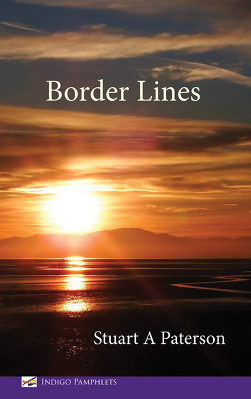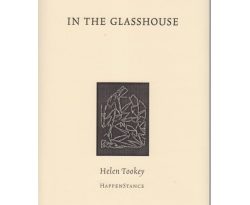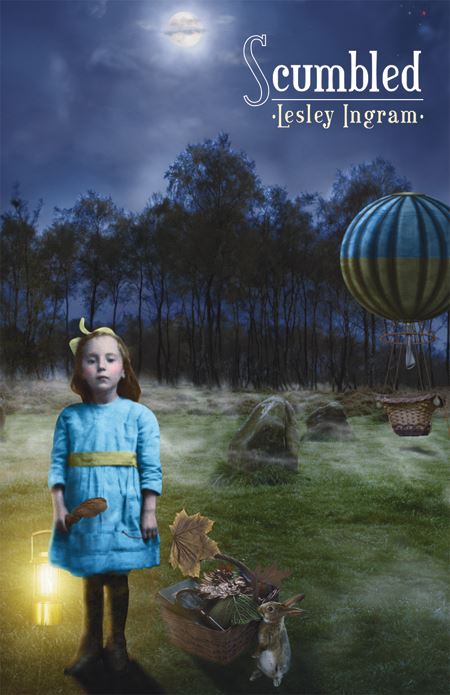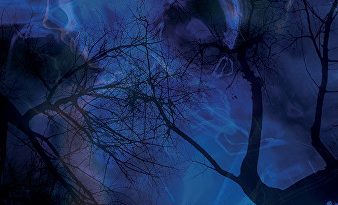Border Lines by Stuart A. Paterson
– Reviewed by Jessica Traynor –
Border Lines is a work of psychogeography as much as poetry, making the topography of Galloway and Solway the site of varied poetic weather. This is a truly fluent poetry of place: lines unspool with the languid grace of moving clouds. Paterson’s tone is intimate and conversational, introducing the reader to the geography of a beloved place, and inviting us to partake of the fullness evoked by such beautiful surroundings:
As it was, I floated a mere hundred yards
on gentle waves to a stake net pole,
driftwood on a fluid mirror of stars,
full as the universe, pin-pricked with stars.(‘High Tide at Sandyhills’)
However, this pamphlet is not simply a collection of responses to nature, but interrogates the many complex interactions between human life and the landscape in which it exists. The rich personification at work in ‘Wednesday After Easter’, with the mountain, Skiddaw, taking a Roman Fort for a Friday night pint, brings the landscape to life only to move towards an inevitable contemplation of the different timelines in which humanity and geography co-exist: “The hills & sea will blink away / these yesterdays then do it all again.”
One of the standout poems, ‘From Here to Kirkgunzeon’, develops this theme even further, taking a morning journey through a mist-shrouded landscape where time has spun itself out of existence. The ‘Border Lines’ of the pamphlet’s title are revealed here to be more than simply geographic:
From Sandyhills the road,
the rolling fields, the clustered humps of trees,
the very age itself is swathed in seas of grey
we half expect to see occasionally
parted by long necks of sauropods,
stirred into swirls of milky depths
by half-glimpsed, gargantuan flocks
defying belief, quantum physics, death,
borders blurring into more than just fog.
One of the pleasures of this pamphlet is Paterson’s keen ear, demonstrated in his use of Scots idiom. Readers of Robert Macfarlane’s ‘Landmarks’ will recognize a number of words slipped seamlessly into these poems and appreciate the opportunity to hear them used in connection with the landscape, flora and fauna which birthed them. In these poems the words feel alive, vital and utterly precise. It would be difficult to imagine the landscape without them, and it’s fascinating how strongly they evoke a sense of the land for a reader who has never seen it (although to an Irish ear the sense, or essence, of the words is perhaps a little more accessible than it might be to an English or American one). Thin clouds are ‘shilpit’, crows are ‘droukit’, children are described as ‘troupes of wean’, and local characters come a cropper ‘stealing a wheen of neeps’.
There are poems here which deal exclusively with humankind, yet even in the series located in the warm interior of a number of pubs, including the The Hole I’ The Wa’ Inn in Dumfries, the language is inextricably linked to the surrounding landscape:
And everyone hangs on the word & clock
with the weary desperation of shilpit
sheep on a high ridge of hill.(‘A Skinful’)
Border Lines invites the reader to explore a rich interior landscape, probing the borders between geography, memory and language. A fantastic pamphlet that should appeal to anyone with an interest in the poetics of place.





